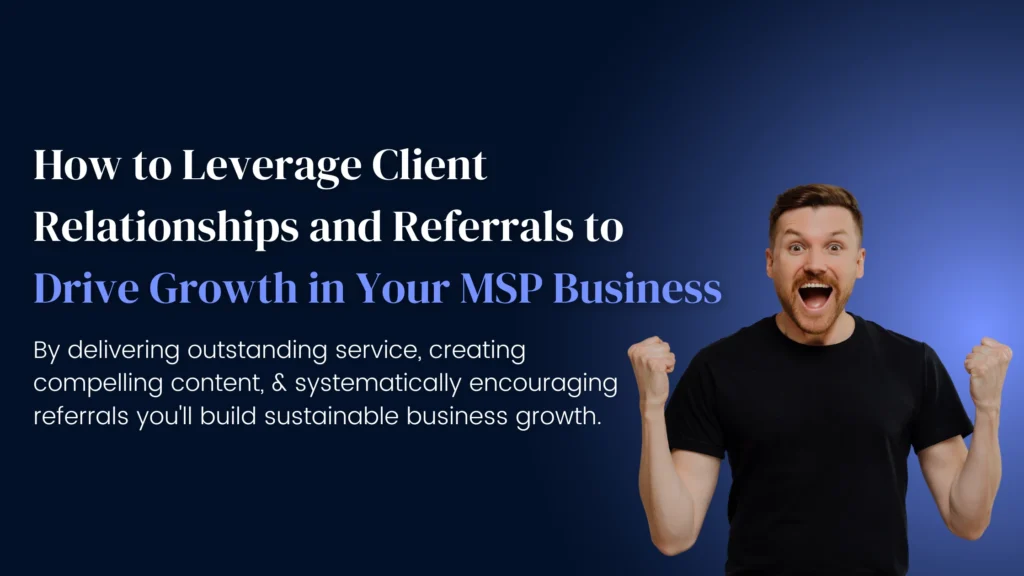Everyone knows that website content is a key ranking factor in search engines. The challenge is knowing what to write and how to structure it for your audience and for search engines. Coming up with ideas and content can be exhausting. Many businesses start out with the best of intentions and several great blogs, but then get busy and content creation gets placed on the back burner. How does a small business come up with solid content ideas quarter in and quarter out, year after year?
Know your customer and your potential customer
There is absolutely no way you can create compelling content ideas until you know your customer completely. You can probably answer obvious questions like basic demographics – age, geographic location, annual income. That is not enough. You need to know how they spend an average day. How do they consume information? What social media platforms are they on? How long are they on them on a daily basis? What are their business pain points? What are their personal pain points? How do they spend their free time? Create buyer personas and study them. Hard. Only when you really take the time to crawl inside the head of your customer or future customer will you be able to create meaningful content ideas over and over.
Don’t spend a dime on a new website until you can answer these questions >>
Take yourself out of the equation
When it comes to creating content ideas, you MUST take yourself out of the equation – truly and completely. This does not mean taking a topic that is seemingly helpful and manipulating it back to the action you are wanting the reader to take. It means absolutely, unequivocally taking yourself out of the motive behind the content. The content should serve one purpose – genuinely help your customer in one way or another. Your content can help your audience through imagery, being entertaining (who doesn’t need a reason to laugh several times a day), or through being informative.
Check out the competition
I can almost guarantee that your competitors who are seemingly nailing the content challenge are still missing the mark on a few things. They are likely churning out content others have already written time and again for the sake of satisfying a nagging editorial calendar. They may have taken their audience out of the motive for the piece of content and are spraying their blog page with “Let’s talk about me” content. Their website likely reads like a slight variation of every other website within the industry. Just because someone is creating content does not necessarily mean they are doing it well. Just the same, study your competitors. What content is getting engagement? What topics have potential that you can put your own unique spin on? What content fell flat and how can you put the topic in a fresh and intriguing light?
Are potential customers getting what they need out of your mobile website? >>
Lift the veil on industry secrets – even if you think it doesn’t advance your agenda
What do we mean by this? There are insider “secrets” to every single business out there. This can range from fun but not widely-known facts to profiling negative things about your business. Sounds crazy, right? Think about it. So much content is overwhelmingly positive about the given industry, products, or services. That’s easy to find. What isn’t easy to find is the potential risks or the “catch.” How many times do you hear people say, “What’s the catch?” They already know the positive side of what your business is offering — be completely transparent about the downside. Why? Because it builds trust. And trust builds relationships. Relationships build a long-lasting client base.
Here’s an example of what I’m talking about. One of the greatest risks we experience in web development is a lack of client engagement. And I’ve written about it dozens of times. It’s in black and white. “If you are not engaged in your project and are not committed to the outcome, your project will likely suffer and will most certainly not launch on time.”
It doesn’t really sound like the first thing you want a potential web client to read, right? First of all, it sounds like we are immediately making an excuse for a project that may not be as successful as it could be. And when you use words like “engagement” and “commitment” it makes some people break out in hives. There is a risk with being that transparent. But after being a web department manager for almost four years, I know unequivocally that a project will not be as successful if the client is not engaged and is not committed to the same outcome that we are committed to. It’s a fact. If a client goes dark on us for months at a time and we are stuck waiting for images, content – bios, company history – things we can’t write for them, the project will suffer.
Some potential clients may be put off by that level of frankness coming right out of the gates. We’ve learned that being completely transparent and setting early expectations lends itself to successful web projects that make our client happy – which naturally is the end game for any business.
Insider secret: How web developers estimate websites >>
Read They Ask, You Answer
My boss has been mentioning this title to me for over a year now, and it took me seeing Marcus Sheridan at a HubSpot conference to buckle down and read the book. I know what you are thinking, marketing books are a dime a dozen and everyone claims to have the silver bullet that will set your company apart. I know you are thinking that because that’s what I was thinking. I’ve read dozens of marketing books over the years and this is the first title in a long time that I’m obsessed with and tell anyone who will stand still for three seconds to read.
Why? Because Sheridan’s concept is so simple, so rooted in common sense – but most business people are still not doing it. At the crux of Sheridan’s message is this: “Obsess about your client’s questions.” What this means is to take every single question a client has ever asked during the sales process – every concern, every criticism, every comparison to your competitors, and turn it into a piece of content.
This accomplishes two goals – it makes you an authority in your industry and it builds trust with your potential customers. Sheridan, in his own business, has gone so far as to profile what the competition is doing better than he is and why the competition may be a better fit for some things than his company is. Wild, right? Wildly EFFECTIVE. Seriously, read the book.
Besides giving our web development company permission to create topics around the good, bad, and the ugly of web development, They Ask, You Answer completely changed how we generate content ideas.
Before becoming students of Marcus Sheridan, my web developer and I would each carve out about an hour a week, try to push the myriad of other tasks from our mind, and attempt to create compelling blog topics. Creativity and the grind do not go hand in hand. I’ve been a professional writer for 18 years now and this is challenging for me! Until now.
Our web developer, Cassia, created an awesome spreadsheet based on what Sheridan calls the “Big 5.” These are categories of questions that clients ask regardless of your business. Cassia further segmented it into the three main services we provide. We filled each of these categories with questions we get asked the most often and assigned ourselves to the blog topics. Have a look here:
Sample content strategy spreadsheet
Now we are able to do two things we weren’t able to do before – create compelling blog topic ideas based on the exact questions potential web clients ask AND we know exactly what we are writing about week in and week out.
Time to pivot
In order to create content ideas that will set you apart, help you rank, build trust and relationships with your customers and potential customers, and ultimately drive business – you will have to pivot in how you think about content.
- Take yourself and your business out of the equation.
- Check out the competition.
- Throw a spotlight on what potential buyers are really looking for – the dirt. Risks, downsides, insider secrets.
- Read They Ask, You Answer.
Armed with these tips, you will never sit in front of a blinking cursor wondering what the hell you are going to write about your business, ever again.




